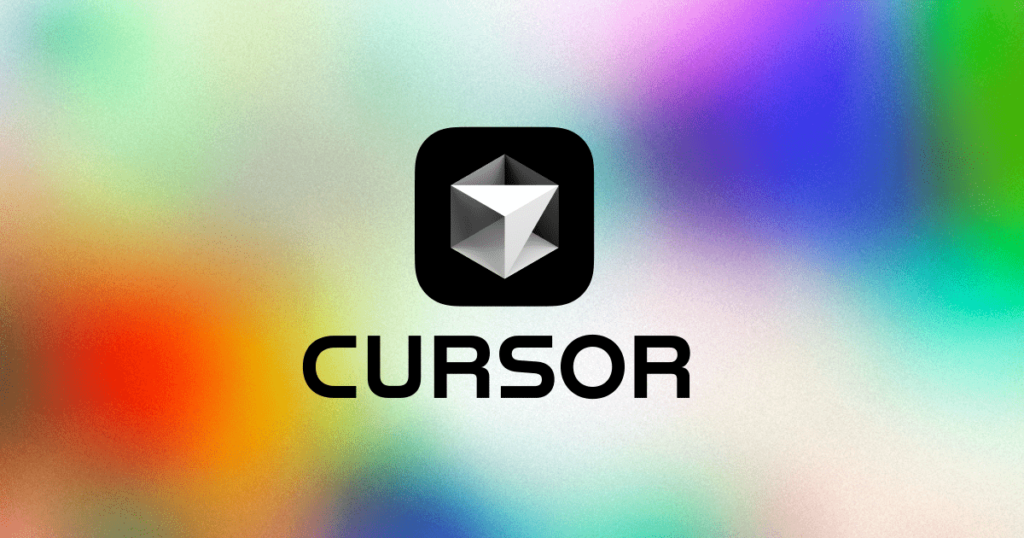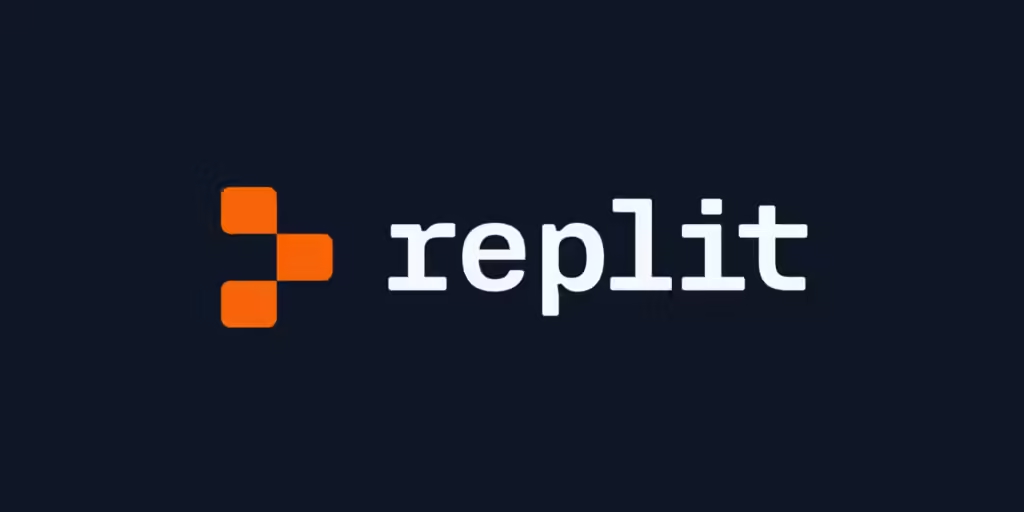The software development landscape is undergoing a significant transformation with the advent of natural language programming tools. Two prominent players in this space, Cursor and Replit, are at the forefront of this revolution, enabling developers to write code using plain English instructions. This article explores how these platforms are changing the face of coding and what it means for the future of software development.
The Emergence of Natural Language Programming
Natural language programming represents a paradigm shift in how developers interact with their code editors. Instead of writing code in traditional programming languages, developers can now use everyday language to describe their intentions, and AI-powered tools translate these instructions into functional code.
Cursor: The AI-Powered Code Editor
Cursor has emerged as a leading AI-powered code editor that’s reshaping the coding experience. Built on the foundation of VS Code, Cursor integrates advanced AI capabilities to assist developers in writing, debugging, and optimizing code more efficiently.

Key Features of Cursor
- 1. Natural Language Edits: Cursor allows developers to write code using plain English instructions. This feature, accessible through the Cmd-K command, enables users to update entire classes or functions with simple prompts.
- 2. AI-Powered Code Generation: The platform can generate project files and code snippets in under two minutes, significantly speeding up the development process.
- 3. Context-Aware Assistance: Cursor understands the context of your codebase, providing relevant suggestions and fixes for bugs.
- 4. Multi-Language Support: While excelling in languages like Python, JavaScript, and TypeScript, Cursor supports a wide range of programming languages.
Replit Agents: AI Assistants in the Browser
Replit Agents are AI-powered assistants integrated into the Replit development environment. These agents are designed to enhance the coding experience by providing intelligent assistance throughout the development process.

Key Features of Replit Agents
- 1. Natural Language Interaction: Replit Agents allow developers to interact using natural language, making it easier to describe tasks or ask for help.
- 2. Code Generation: Similar to Cursor, Replit Agents can generate code based on natural language prompts, helping developers quickly implement desired functionality.
- 3. Context-Aware Assistance: The agents understand the context of the project and can provide relevant suggestions and fixes.
- 4. Real-Time Collaboration: Replit Agents work alongside developers in real-time, offering suggestions and improvements as code is being written.
Integration with Replit’s IDE
Replit Agents are tightly integrated with Replit’s browser-based IDE, offering several advantages:
- Seamless Workflow: Developers can access AI assistance without leaving their coding environment.
- Instant Setup: Being part of a browser-based IDE, there’s no need for complex setup or configuration.
- Collaborative Features: Replit’s platform allows for easy collaboration, with the AI agents enhancing team productivity.
Impact on Development Speed and Productivity
The introduction of natural language programming tools like Cursor and Replit Agents has led to significant improvements in developer productivity. According to user reports, some developers have seen their coding speed increase by about 30% for routine tasks after using these AI-powered tools for a month.
Learning Curve and Adoption
Despite the advanced features, both Cursor and Replit maintain familiar interfaces that ease the transition for developers. The natural language input makes these tools accessible to both beginners and experienced programmers. A senior developer noted that it took about two weeks to get comfortable with Cursor AI’s advanced features, but the productivity gains were worth the initial learning curve.
The Future of Coding with AI
As AI continues to evolve, the potential for natural language programming tools like Cursor and Replit Agents is immense. Michael Truell, CEO of Anysphere, envisions a future where AI tools will write all the world’s software. While this may seem ambitious, the current trajectory of AI in coding suggests significant advancements on the horizon.
Future Outlook
As both Cursor and Replit continue to develop their AI capabilities, we can expect to see more advanced features and integrations:
- Specialized Agents: Replit plans to introduce more AI agents specializing in different aspects of coding.
- Enhanced AI Models: Both companies are working on proprietary AI models specifically tailored for software development.
- Expanded Use Cases: As the technology evolves, we may see these tools handling increasingly complex programming tasks.
Challenges and Considerations
Despite the promising future, there are challenges to consider:
- 1. Code Quality and Reliability: As AI generates more code, ensuring its quality and reliability becomes crucial.
- 2. Developer Skills: The role of developers may shift towards becoming AI prompt engineers, focusing more on problem-solving and system design.
- 3. Ethical Considerations: As AI becomes more involved in coding, questions about intellectual property and the ethical use of AI-generated code will need to be addressed.
Conclusion
The rise of natural language programming, exemplified by tools like Cursor and Replit Agents, represents a significant leap forward in software development. By allowing developers to code using plain English, these platforms are making programming more accessible and efficient. As the technology continues to evolve, it has the potential to revolutionize how we approach software development, possibly leading to a future where coding becomes as intuitive as having a conversation with an AI assistant.
While challenges remain, the benefits of natural language programming are clear. As more developers adopt these tools and as the technology continues to improve, we can expect to see even more innovative applications of AI in coding. The future of programming may indeed be in our native language, opening up new possibilities for creativity and problem-solving in the world of software development.










Leave a Reply